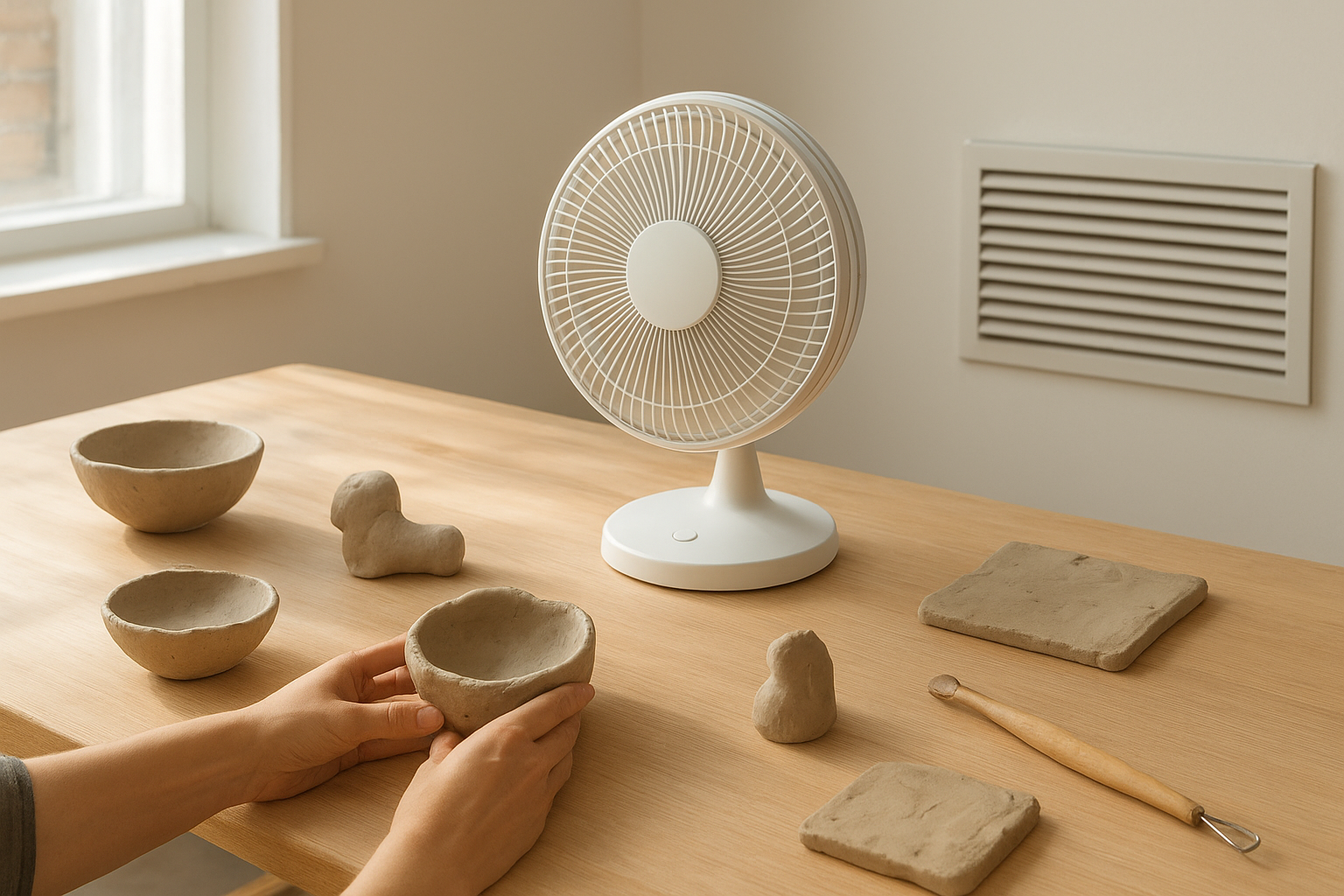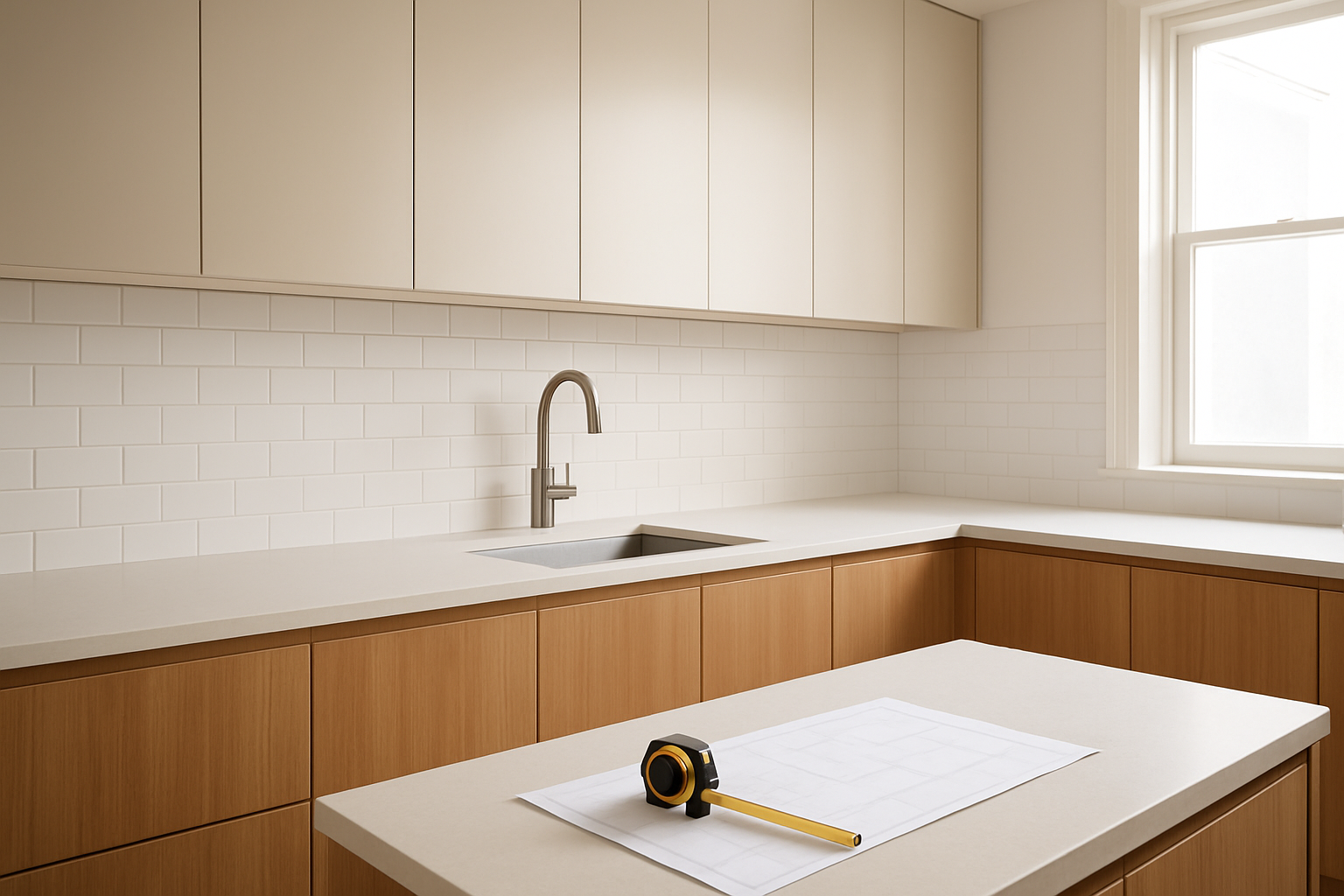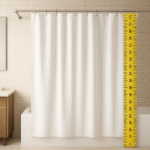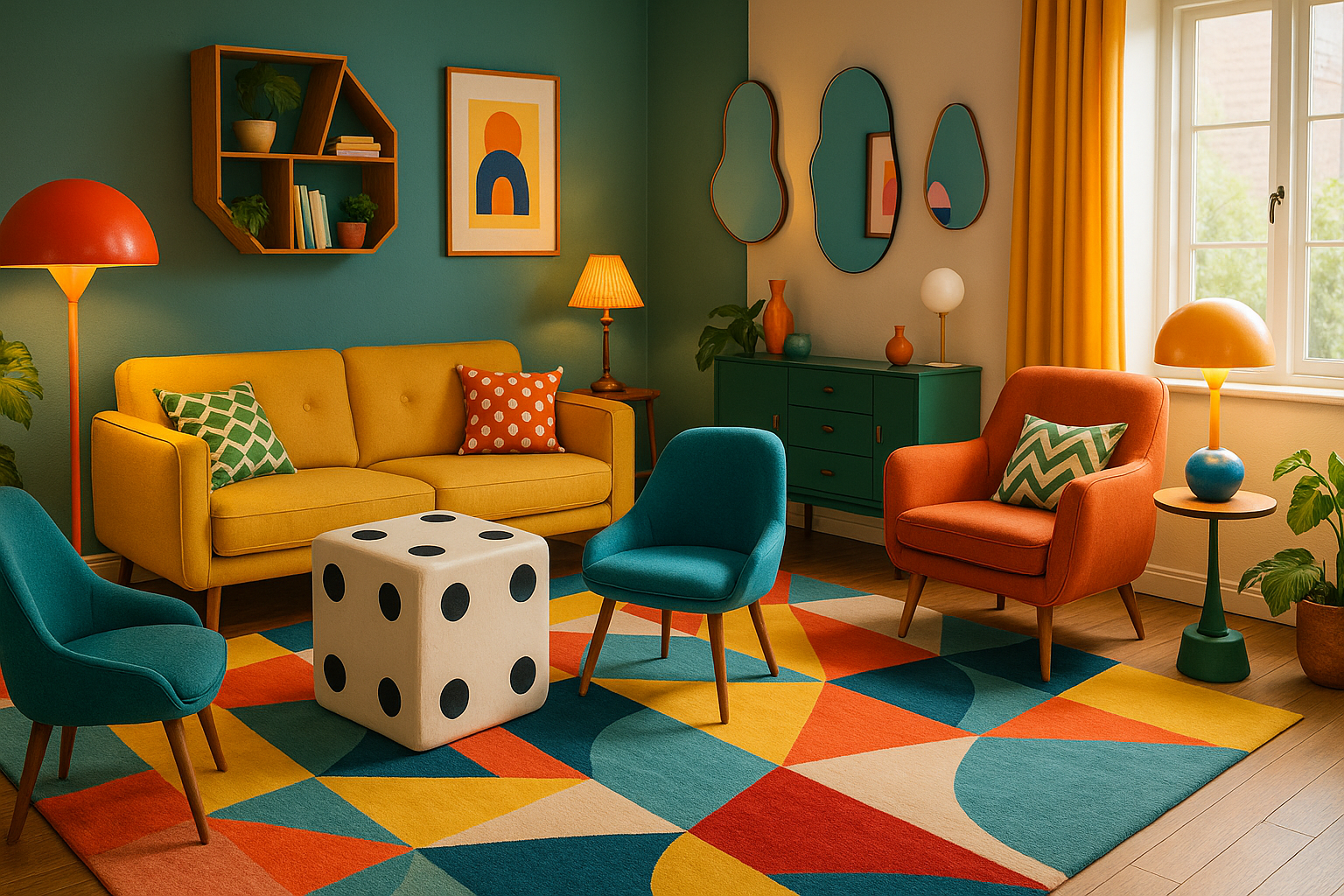When you look up, what do you see? For many, ceilings are just flat white surfaces. But for designers and homeowners, they’re blank canvases that shape a room’s character, lighting, and acoustics. Understanding the different types of ceilings can completely transform how a space feels — from cozy minimalism to dramatic grandeur.
If you’ve ever wondered which ceiling suits your home, office, or studio best, here’s a detailed breakdown of ceiling types, materials, and design ideas that’ll help you make the right choice.
What Are the Different Types of Ceilings?
Ceilings come in all shapes and finishes — some simple, others architectural statements. The main types of ceilings you’ll encounter include:
- Flat Ceilings: Classic, affordable, and easy to maintain.
- Coffered Ceilings: Elegant grid-style panels that add depth and dimension.
- Tray Ceilings: Recessed centers bordered by raised edges — often paired with lighting.
- Vaulted or Cathedral Ceilings: Dramatic slopes that make spaces feel open and airy.
- Suspended or Drop Ceilings: Popular in offices for easy access to wiring and ventilation.
- Exposed Beam Ceilings: Rustic, bold, and structurally expressive.
- Drywall Ceiling Designs: Sleek and customizable with curves, lights, or geometric patterns.
Each of these ceiling types balances function with aesthetics — whether you want clean lines, visual drama, or acoustic control.
Flat Ceilings — The Go-To Modern Choice
Flat ceilings remain the most standard ceiling type for a reason. They’re practical, easy to paint, and ideal for both modern and traditional interiors. These are typically made from drywall or plaster, offering a smooth surface that can be enhanced with moldings or subtle texture.
If you’re designing a minimalist home or an apartment with standard height, this option keeps things simple yet refined.
Coffered and Tray Ceilings — Architectural Elegance
If you love luxury interiors, coffered ceilings are timeless. Their grid-like structure adds a sense of formality and symmetry, often used in living or dining rooms.
Tray ceilings, on the other hand, create a layered effect that works well with LED strip lighting — instantly elevating modern homes and hotels. Both designs offer depth and height perception, making rooms feel taller and more sophisticated.
Vaulted and Exposed Beam Ceilings — Airy and Dramatic
Vaulted ceilings are all about openness. Their sloped angles draw the eye upward, giving even small rooms a sense of volume. Exposed beams, whether wood or metal, add a rustic charm that feels both industrial and organic.
You’ll find these drywall ceiling designs often featured in contemporary lofts or countryside cottages. They also allow more natural light if paired with skylights — a design choice increasingly popular in 2025 architecture trends.
Suspended and Drop Ceilings — Functional for Offices
When it comes to office ceilings, suspended or drop ceilings dominate. They’re built using a grid system that holds different types of ceiling tiles, such as acoustic, metal, or PVC panels.
This style hides electrical wiring and pipes while allowing easy access for maintenance. It’s practical, clean, and flexible — ideal for commercial spaces that need to balance aesthetics and functionality.
If you’re comparing ceiling tile types, here’s a quick guide:
- Acoustic tiles — great sound absorption for offices and classrooms.
- Metal tiles — durable, modern, and often reflective for brighter rooms.
- PVC tiles — moisture-resistant and easy to clean.
- Mineral fiber tiles — eco-friendly and cost-effective.
Drywall Ceiling Designs — The Custom Favorite
Drywall remains the most versatile ceiling material. From curved soffits to layered lighting recesses, drywall ceiling designs allow limitless creativity. Designers use gypsum boards to shape clean, modern lines or bold patterns that can fit any interior theme.
They’re also easy to repair, cost-efficient, and compatible with recessed lighting. Combine drywall ceilings with cove lighting for an ambient, futuristic look that’s currently trending in high-end homes.
Ceiling Designs for Offices and Modern Homes
In offices, ceilings play a key acoustic role. A well-designed office ceiling can enhance focus and productivity by reducing noise. Suspended ceilings with types of ceiling tiles are perfect for this.
Meanwhile, in homes, the goal is more aesthetic. Many homeowners pair drywall ceiling designs with textured walls or accent lighting to bring out personality.
Want more inspiration on creative interiors? Check out Why Quirky Home Decor Is the Interior Trend Everyone’s Talking About.
Choosing the Right Ceiling for Your Space
Here’s how to decide which ceiling works best for your project:
- Flat ceilings: Best for budget-friendly builds.
- Coffered or tray ceilings: Perfect for elegance and depth.
- Vaulted ceilings: Great for larger rooms and natural light.
- Suspended ceilings: Ideal for offices or basements.
- Drywall ceiling designs: Custom choice for modern homes.
Your decision should balance height, purpose, and design preference.
Design Tip: Don’t Forget Lighting and Texture
Lighting can make or break a ceiling design. Use recessed lights for modern drywall designs or chandeliers for coffered ones. Texture — whether via paint, panels, or wood beams — adds an extra layer of sophistication.
For DIY decorators, combining textures, wainscoting, and ceiling moldings can give your space architectural definition. If that excites you, explore our practical guide on the Picture Frame Molding Calculator — Measure Perfect Wall Frames Every Time.
Conclusion
The ceiling is often the most overlooked design element — yet it defines a room’s mood and spatial harmony. By understanding the different types of ceilings, you can create interiors that blend beauty with purpose.
Whether it’s sleek drywall ceiling designs or statement coffered patterns, your ceiling deserves as much attention as your walls and floors. After all, it’s the fifth wall — and the one that can truly elevate your space.












